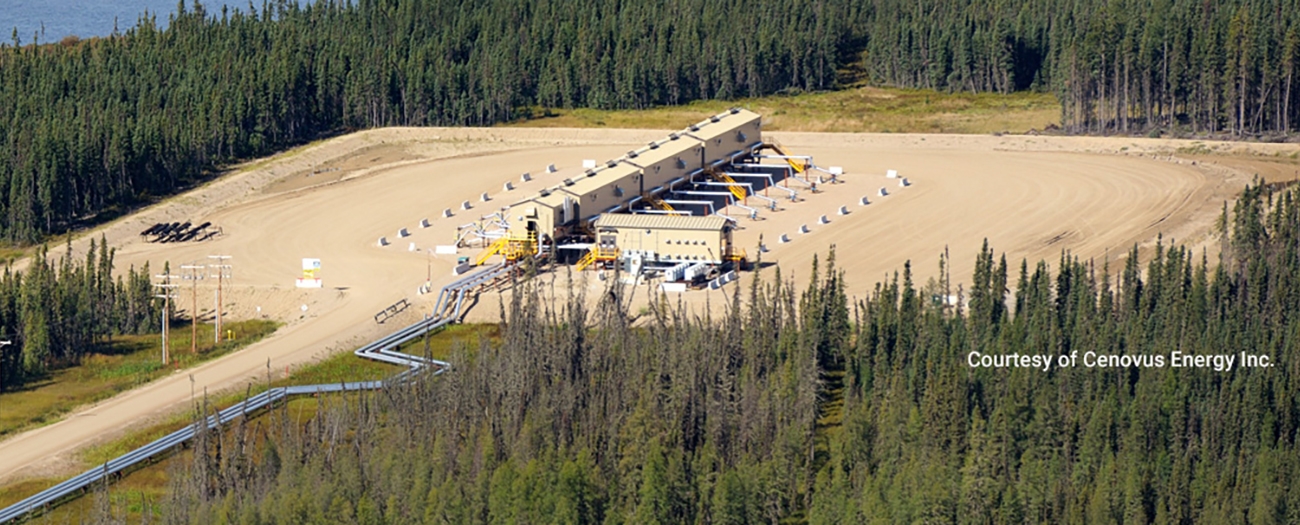EIAs play an important role in how the AER protects the environment
Alberta - April 18, 2022Canadians care deeply about how the development of Alberta’s natural resources will affect the environment and their safety, and rightly so. However, what many don’t know is that when projects are reviewed, environmental and socioeconomic impacts are not only considered, but they’re also a priority.
Cue the Environmental Assessment (EA) Process, which is built right into the Alberta Energy Regulator’s (AER’s) regulatory process.
101
In a nutshell, under the EA Process, an Environmental Impact Assessment (EIA) report is required when the environmental impacts of a project have the potential to be significant and there’s a lot of uncertainty or complexity around a proposed project. At the AER, these typically include large-scale oil sands and coal projects. The project proponent conducts the EIA and prepares an EIA report in accordance with the Environmental Protection and Enhancement Act.
“Environmental assessment is the first step in ensuring that Alberta’s air, water, land and biodiversity is protected,” says Camille Almeida, environmental assessment specialist at the AER. “It’s the first step in a rigorous process for supporting environmental protection and the sustainable development of major industrial activities in Alberta.” Information presented in the EIA report typically includes:
- a detailed description of the project,
- baseline environmental information,
- potential positive and negative environmental effects of the proposed project,
- a cumulative effects assessment that considers other development in the area and the collective impact,
- plans to mitigate potential adverse effects, and
- emergency response plans.
Once a company submits an EIA report, a team of AER experts reviews it to identify any uncertainties or risks. Team members will continue to ask the proponent for more information until they are confident that any gaps are filled.
“An EIA report is a comprehensive and holistic description of the proponent’s project and the predicted impact and is subjected to intense scrutiny by a team of experts who require that those impacts be managed,” says Almeida. “This level of scrutiny underpins the AER’s mandate to ensure that the development of Alberta’s resources is done in a safe and environmentally responsible manner.”
Having a Say
It’s not just the experts who get a say in the process. The public’s involvement also helps determine where the project fits into the plan for Alberta’s environment and economy. Notices are published in local media, giving the public the opportunity to provide input on proposed projects. Affected communities are encouraged to share information and concerns with proponents directly to ensure that they’re able to produce high-quality EIA reports.
A completed EIA report doesn’t mean the overall project is a done deal. It’s only the first stage of the regulatory process, meaning that the information requirements are met, and the project and potential impacts are understood. Only after the AER determines that the EIA report is complete can the necessary approvals be sought.
EIAs may spark some heated discussions, but thankfully the process exists to cool those jets and ensure that all projects are in the best interest of Albertans.
Alberta Environment and Parks maintains a register of all environmental assessment activity. Current and historical environmental assessment projects are available online.
Anna de Souza, Writer


